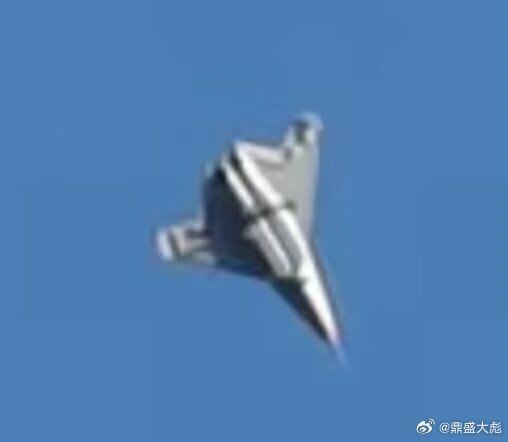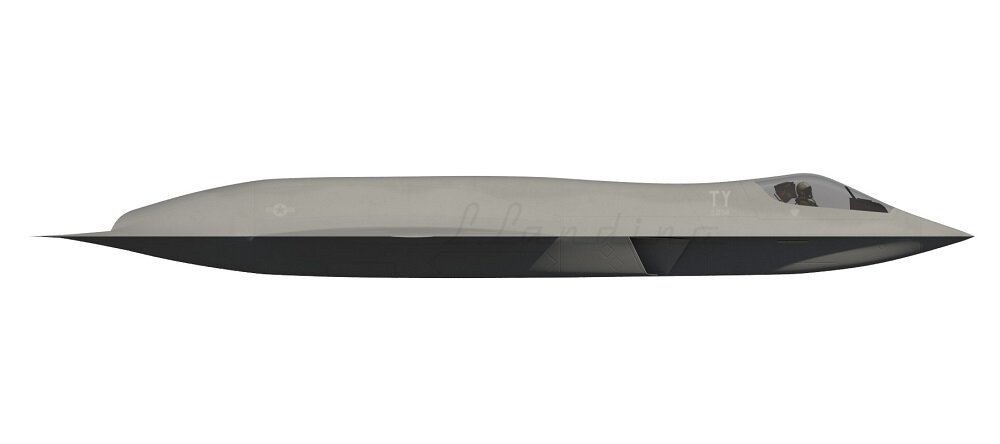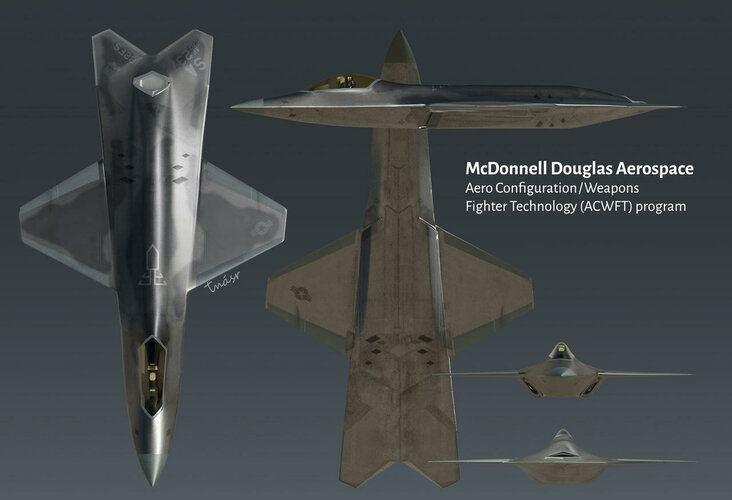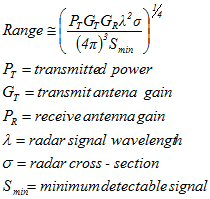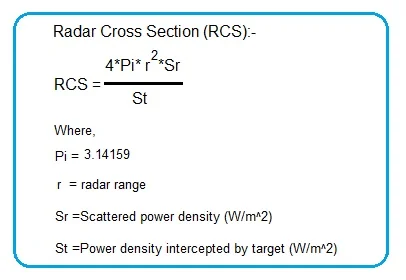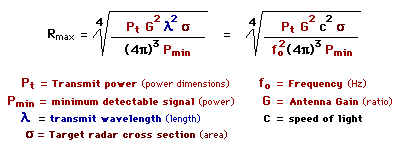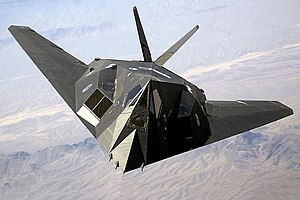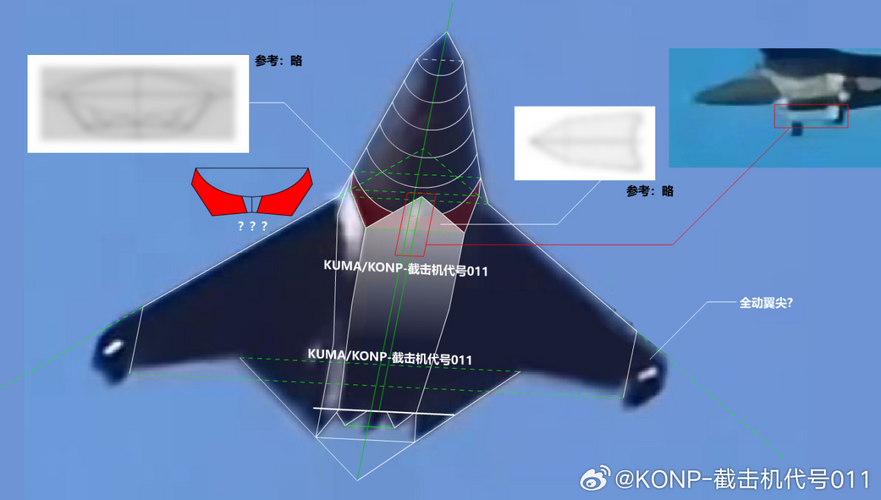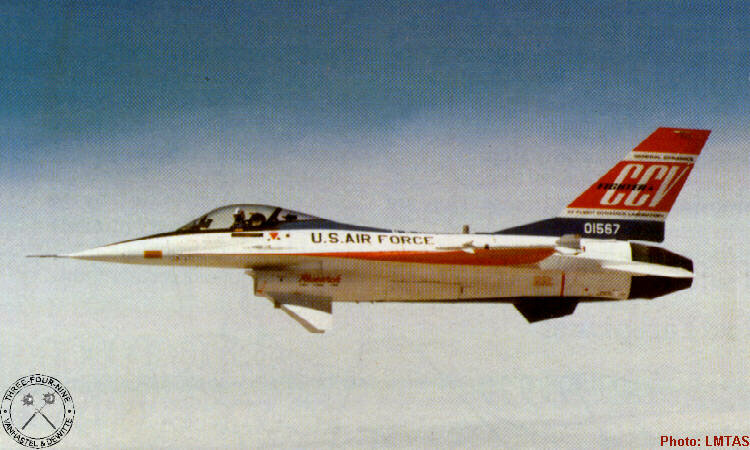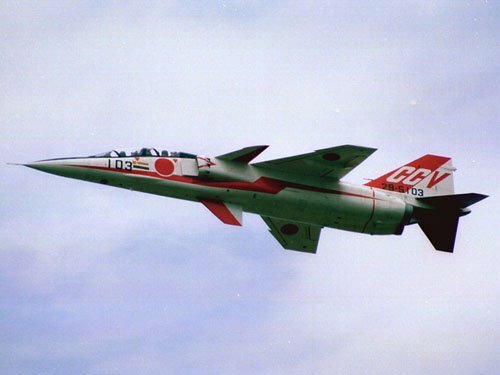The J-36, while giant, is still too small to carry an L or UHF-band radar, the stuff AWACS, like the Hawkeye carries that allegedly has anti-stealth capabilities
Low frequency radars are *said* to have "anti stealth capabilities" because their wavelengths are large in comparison to the electrical size of the target. For example, a 300mhz UHF radar has a wavelength of 1m. For shaping of an aircraft to be *most* effective the tailored scattering sources should be more than X times the wavelength in size (where X is a number larger than 10). The smaller those tailored scattering sources are compared to X times the wavelength the less effective the shaping is, and the radar basically sees the volume of the object or scattering source rather than the effects of the shaping.
For a figher sized aircraft the end effect is a mixed bag. The gross planform shaping may be effective and the UHF radar may see a very small RCS, or not.
For a large bomber-sized aircraft however the large aircraft has an advantage. Because it is so large shaping is still effective at these low frequencies. It is relatively easy to make a bomber stealthy at these frequencies.
BUT low frequency radars have poor spatial resolution. This is why they are used to air search radars. At best, they can tell you that there is something out there, but not with enough precision to guide a weapon. If your aircraft isn't "VLO" at UHF bands they can tell you're there, but they may not be able to do anything about it.
The RF kill chain starts with air surveillance radar (low frequency, i.e. HF, VHF, UHF, L, whatever) to know a potential target is out there with a potential range and bearing. At these frequencies large areas can be covered but you can't tell precisely where the target is. That is then passed off to a higher frequency tracking radar (S, X band - 3cm wavelength) to more precisely locate the target and follow it with the radar. That is passed off to a weapon with a seeker that uses even higher frequencies (X, Ku, Ka, MM, etc.) so it can precisely locate the target and hit it. This is all due to the physical laws that govern RF.
If you disrupt any part of that sequence your survivability increases. In terms of priorities, the low frequency air surveillance radars are the least important, followed by the tracking radars, etc. increasing in importance. if you can deny the seeker the ability to hit you, that's a win and the other parts of the kill chain are less vital to counter.
So this idea of low frequency radars being "anti stealth" is not all it's cracked up to be. I have seen people attempt to claim that low frequency radars are suddenly effective all-in-one kill chains on their own "because computers" and other nonsense and that's all it is - nonsense.
Due to the sheer size of the aircraft, I don't think it's X-band RCS is much smaller than that of the F-35s. It still has much better all-aspect stealth and substantially lower RCS in the L and UHF-bands
RCS is largely independent of size. A large object can have a very, very small RCS and a very small object can have a very large RCS. Large objects though can have a very small RCS over a much broader range of frequencies than a small object.
If we change the number such that the J-36 can reliably track the F-35 from 150km, then it can kill it with impunity.
Even if we go back to the 90km detection range, it's possible that the J-36 can dictate the terms of the engagement to such a degree that the F-35 is bound to lose, I have no idea about this stuff.
Again, just because you can track something does not mean you will be able to kill it.


